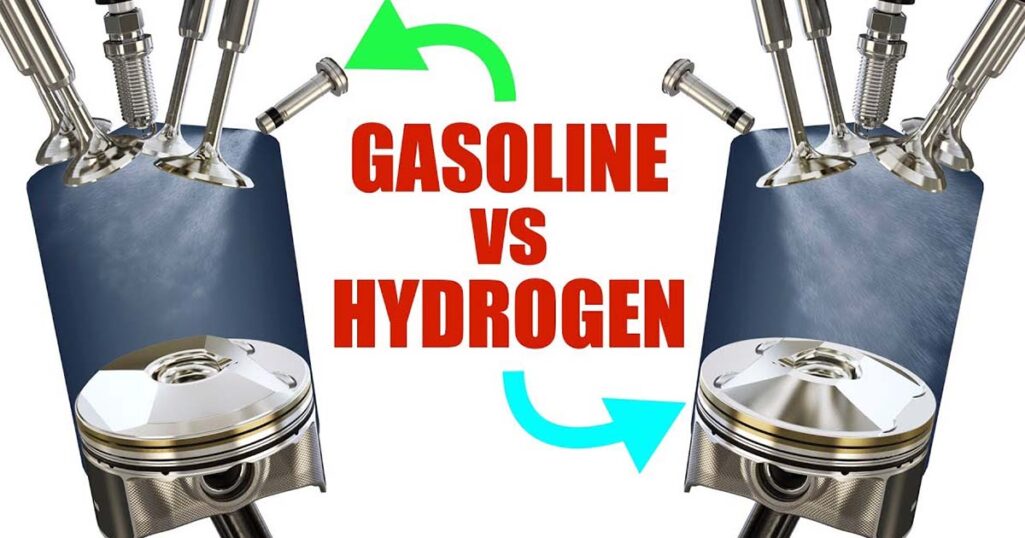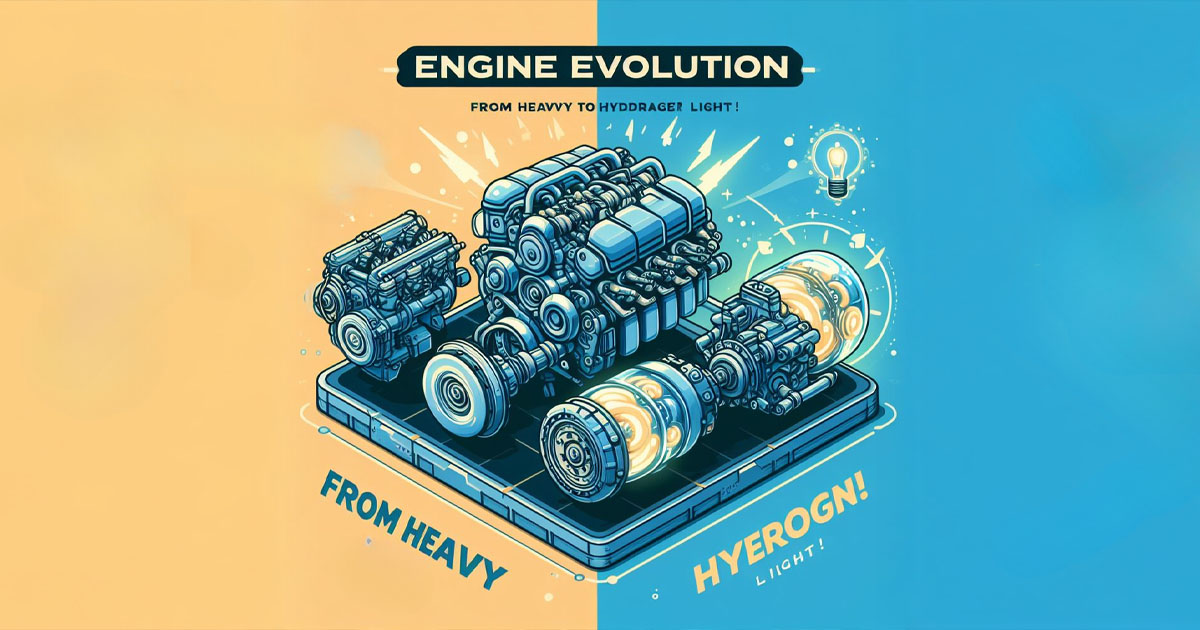
As part of the country’s attempts to combat climate change, Canada announced that it will restrict the sale of new ICE cars and light-duty trucks by 2035, according to Reuters.
Another nation with exceptionally cold winters, Norway, has also stated that it would prohibit ICE vehicles by 2025, adding Canada’s ban to the expanding list of countries that have already done so.
Even though phasing out ICE cars is necessary to reduce the consequences of climate change, extreme temperatures will decrease the range and increase the charge periods of electric vehicles in cold weather countries.
Batteries in the freezing weather
Cold weather may significantly reduce the range of electric vehicles. According to a AAA analysis from 2019, cold weather can lower the range of electric vehicles by up to 40%.
Since electric vehicle (EV) ranges are still far from being comparable to those of internal combustion engine (ICE) cars, the impacts of low temperatures may make the switch to EVs more difficult.

The average electric vehicle’s range decreased by 12% when the heater was not switched on while the temperature was 20 degrees Fahrenheit (-6 degrees Celsius), according to AAA research. When the heater was turned on, that range was reduced by 41%.
For this, EVs utilize energy to heat the battery coolant, which helps keep it from freezing during cold weather and warm the interior of the vehicle for passengers.
Slower recharging
Internal combustion engines create heat as they work, but electric vehicles must do so in colder climates, usually using the thermal management system built into the battery.
Charging durations in extremely cold or extremely hot environments are also a concern. According to a 2018 study that describes how low temperatures impact electrochemical processes within lithium-ion batteries used in vehicles, EV battery management systems must limit charging speeds to prevent battery degradation.

To get to an 80 percent charge in 30 minutes, the DC fast charger needed to be charged at 77 degrees Fahrenheit (25 Celsius). After the same time period, the battery’s charge was 36% lower at 32 degrees F (0 degrees C).
The cost of failing to meet a deadline
What is the key question that no one is addressing with all these deadlines to eliminate ICE-powered cars? While it’s understandable that some lawbreakers may be frustrated, it’s a different story if a large number of Canadians still have no intention of getting an EV by the planned cut-off date of January 1, 2035.
This means that by 2035 if 90% of the market is BEV, it will be rather easy to say “no thanks” to those who are still hanging on. It’s unlikely that any government will be able to avoid extending its deadlines if, by the year 2034, half of the customers haven’t changed their minds.
Because of this, gas engines that are still being made will not be very efficient. After 2026, Audi will stop developing and enhancing gas-powered internal combustion engines, according to the company’s latest statement that it will go completely battery-powered. This means that if the premium carmaker’s 2035 timetable is pushed back, it will be using ten-year outdated engine designs. Many other automakers have decided to phase out ICE engines by 2035, including Volvo.




